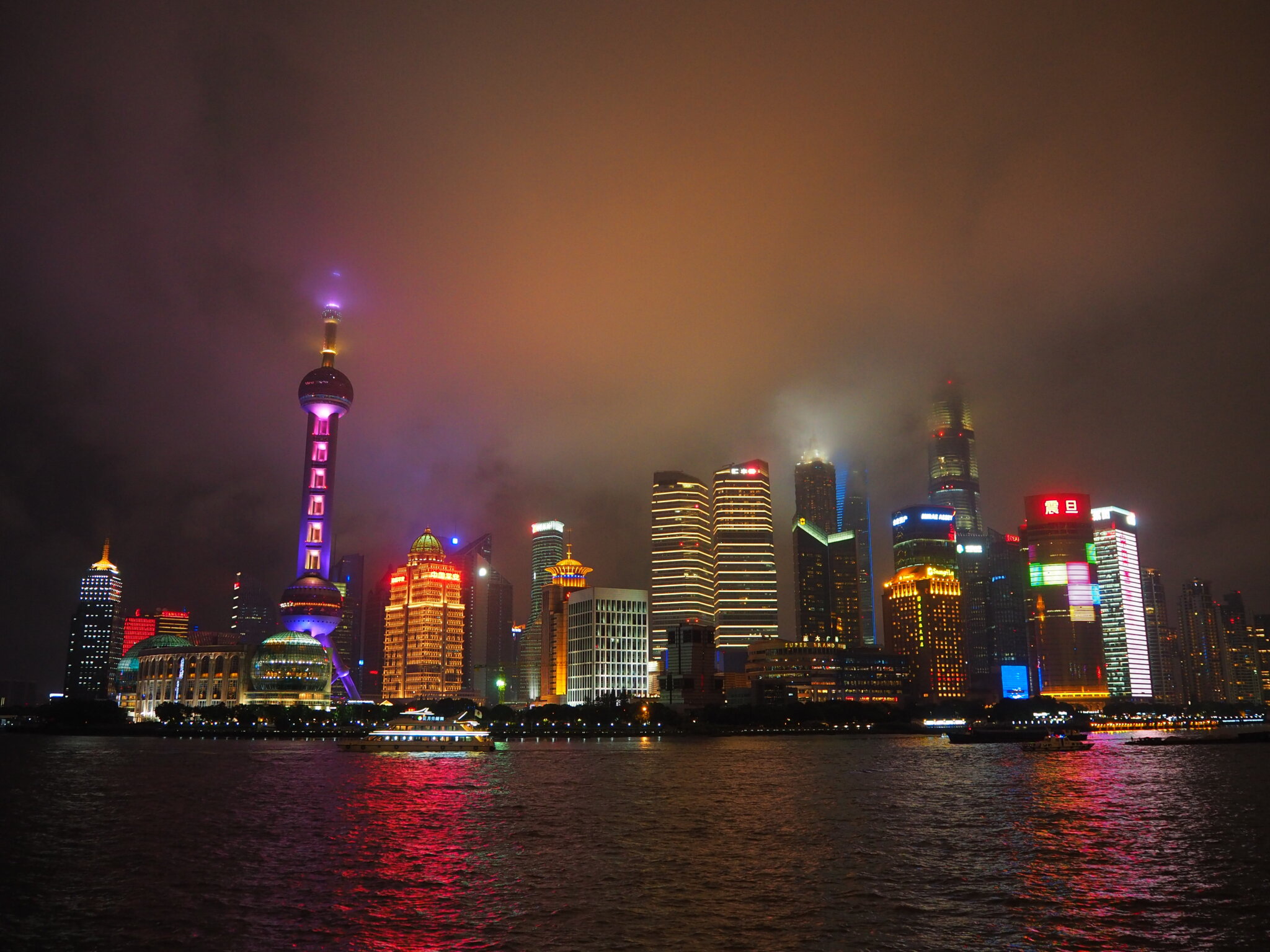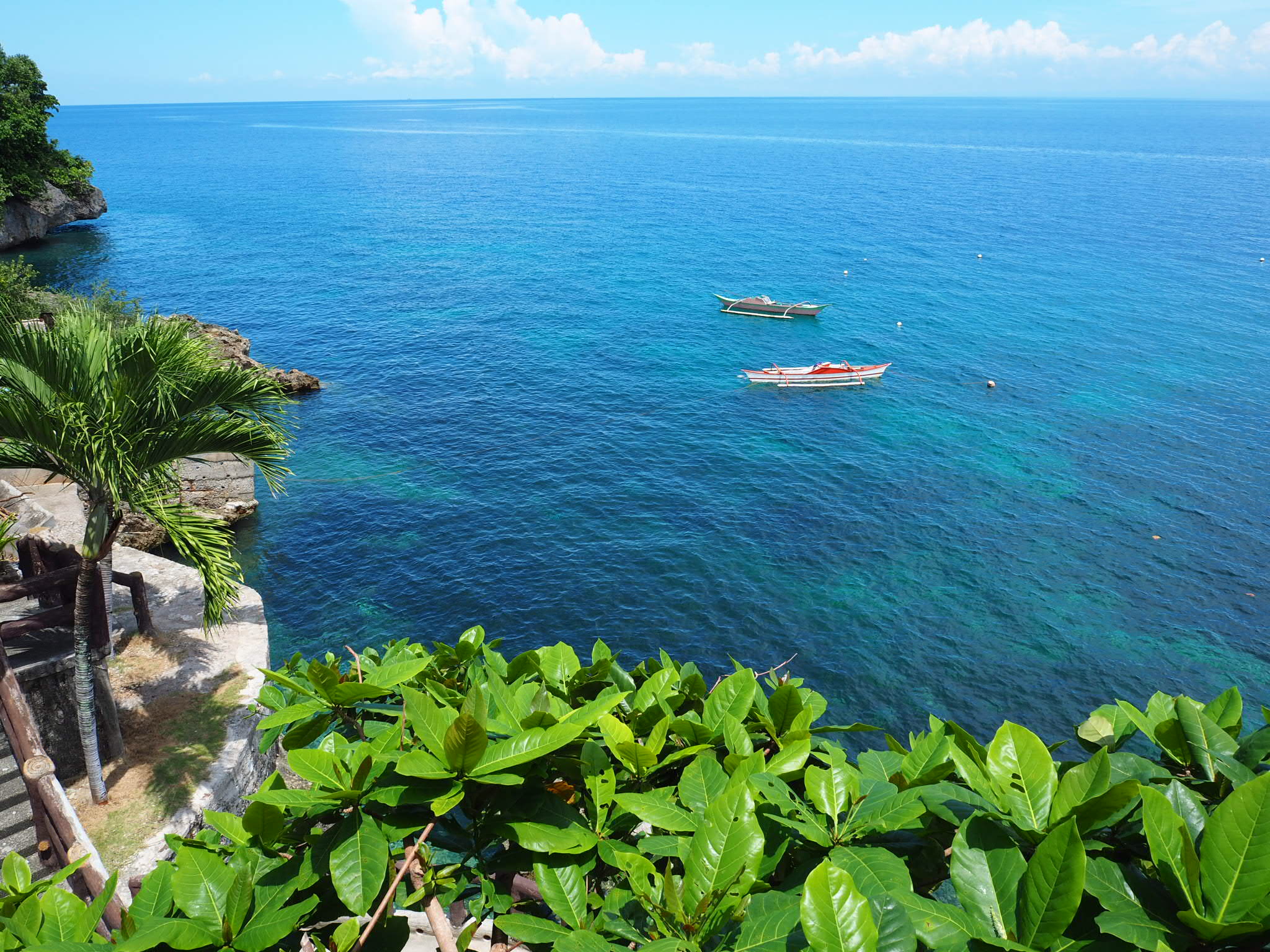Welcome to Shanghai
China’s most populated city is a mixture of dizzying skyscrapers, tree-lined boulevards and temples. Pretty much every visitor to China sets foot in Shanghai for a day or two so naturally, it makes sense to put together a post about the city. In terms of the “real China,” Shanghai is certainly not it, however, it is a city with a charm all of its own. With gorgeous tree-lined streets around the French Concession, the stunning Lujiazui skyline and fantastic food, Shanghai does have a lot going for it.
There is probably enough to keep you interested for at least a couple of days, possibly more if you wanted. However, in comparison to Beijing, Shanghai ranks a little lower in terms of sites and history (although the site of the first Communist Party took place near modern-day Xintiandi). It is certainly different to China’s other megacities, owing to its location on the banks of the Huangpu and being a stone’s throw (by China standards anyway) from the East China Sea.
Getting around
In contrast to most of China’s megacities, Shanghai is unique in its lack of a grid-based system and the amount of small winding roads. There are still plenty of huge streets throbbing with cars and buses, however, in some of the city’s central areas, these are nowhere to be found. Giving a certain style of town planning more commonly seen in Japan than in China. The city subway system is huge and inexpensive. Pick up a subway card from almost any station. You will need to pay a 20rmb deposit but you can get this back upon handing back in the card at the end of your trip.
As a word of warning avoid rush hour if at all possible as it can be hectic, especially on any line that heads into the centre of the city.
On the plus side, taxis are reasonably priced but do be aware that taxi scams do exist in Shanghai. The most common is not using the meter. If this happens, just refuse and get another.
Getting there and away
Most international flights come into Pudong on the eastern edge of the city, domestic flights tend to come into Hongqiao on the far west of the city. Both are accessible on public transport, however, there are a couple of things to bear in mind. From Hongqiao, it’s a straight shot into the city centre on line 2. From Pudong, it’s slightly less of a straight shot on line 2. Very often the train will stop halfway and you will need to disembark and get on another line 2 train. Certainly, during rush hour, this option can be especially chaotic. From Pudong, you can also take the ultra-fast Maglev train to Longyang Road. As a word of warning the signing at Longyang Road is not the best, so you may end up completing a couple of circles in confusion.
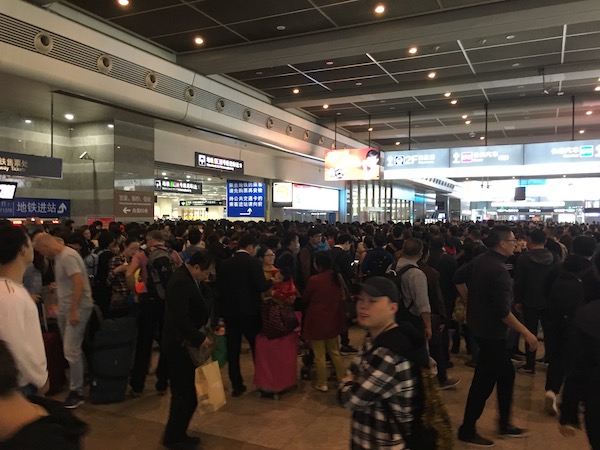
Do you need to speak Chinese?
This is always a tricky question to answer. The truth is that you do not need to speak Chinese to travel in China, however speaking Chinese makes things much easier and will give you a very, very different experience. As the most cosmopolitan city in mainland China English is more widely spoken and understood by the local population, and it is more common to find menus, exhibitions and other such things in English as well as Chinese.
In Shanghai, they speak a dialect of Shanghaiese which is very different to the standard Mandarin which I speak. In fact, on numerous trips to Shanghai, I would be chastised by taxi drivers for speaking Mandarin and not Shanghaiese. They still retained their point of view when I explained I lived in Beijing, was visiting Shanghai for work, and that outside of Shangahi very few people understood Shanghaiese.
Their nagging didn’t work.
What to do in Shanghai
As mentioned earlier Shanghai is not quite as jam-packed with stuff to do as Beijing or Hong Kong in this humble writer’s opinion. However, there is plenty to keep you occupied for a few days. One of the best things about Shanghai is its close proximity to cities like Hangzhou, Suzhou and Nanjing.
Take a stroll down Nanjing Road
Any trip to Shanghai will involve a trip to Nanjing Road at some point. This giant walking street a stone’s throw from the Huangpu river is always busy. Whether it’s shoppers looking for the latest fashions or foodies scouring for the best Xiaolong Bao (soup dumplings) they’re all here. Naturally, it is a pretty interesting place to people watch.
Food-wise, Nanjing Road can be hit or miss. The crowds of people inside a usually a pretty good indicator.
The Bund and the Lujiazui Skyline
Every travel article on Shanghai mentions the Bund at some point and I am no different. A collection of old colonial buildings along the edges of the mighty Huangpu River reflects the city’s history as a financial and trading hub under the control of foreign powers. As interesting as this is, it is not the highlight in the area (in my humble opinion).
That award goes to the spectacular views of the Lujiazui skyline over the river in Pudong. At the night the views are absolutely spellbinding, however, be aware that there will plenty of others who have had the same idea. Expect to see police and security guards doing some rather excellent crowd management.
Whilst the view is lovely during the day it’s a night that it’s at its most spectacular.
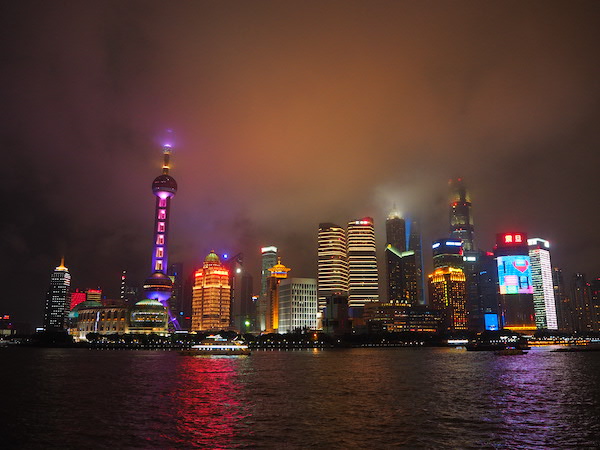
Take a wander through Tian Zi Fang
This funky area of narrow alleyways and artisan shops is a great place to explore. Head to Dapuqio Rd on line 9. The surrounding area of treelined streets is equally worth exploring.
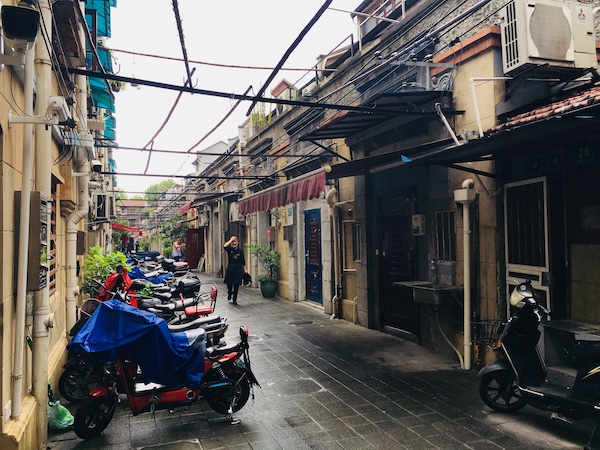
Check out the Jing’an Temple
Located in the heart of the Jing’an district, this huge temple is a world away from the skyscrapers and highways that now dominate Shanghai.
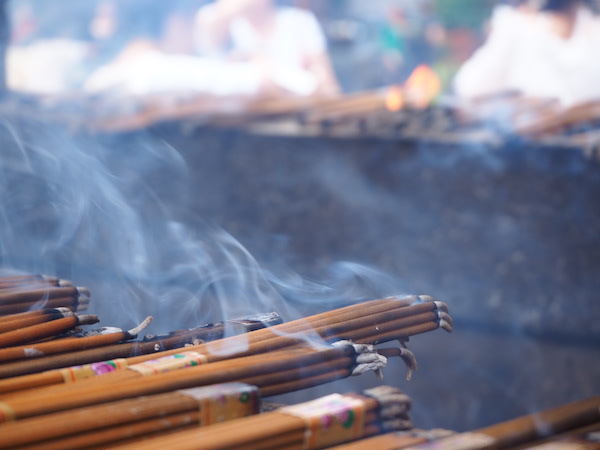
With a history of over 780 years, it is a place that has always been at the heart of Shanghai. Originally known as the Hudu Chongyuan Temple, it was renamed as the Jing’an Temple in 1945. After a fire in 1978 left the temple in ruins, it was rebuilt in 1984.
The temple’s large size means the chances of finding a small slice of peace a quiet are high in the heart of the pumping Jing’an district.
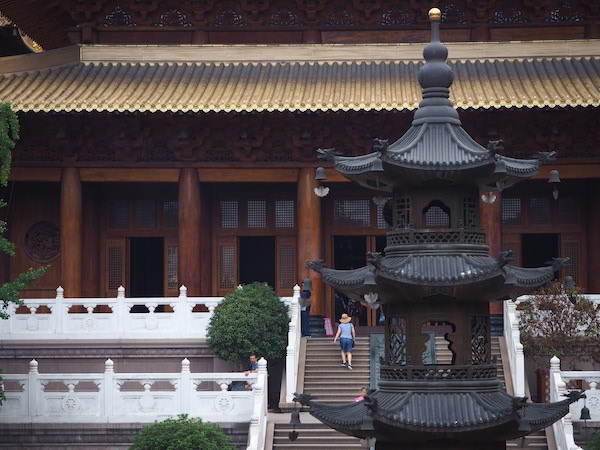
Explore the French Concession
This lovely area of central Shanghai occupies a decent chunk of land around Nanjing Road, Xujiahui and Jing An Temple subway stations. The real beauty of this area is simply exploring the treelined streets and narrow alleyways. Expect to find quiet (well, relatively quiet) streets lined with trees and funky eateries.
Explore the Yuyuan gardens
In the heart of Shanghai are the famous Yuyuan gardens. The gardens are surrounded by Chinese tourist shops and eateries, and usually are absolutely jam-packed with domestic tourists. I’ve been lucky enough to visit Shanghai on multiple occasions, and I’ve seen these gardens at their picturesque and absolutely jam-packed. To avoid the crowds try and get here first thing in the morning.
The gardens are a short walk from Yuyuan Garden station on Line 10 and Line 14.
Get up to date on Chinese history at the Shanghai Museum
One of the best museums in China, the Shanghai museum contains artefacts from across China’s 5000 years of history. The museum is huge and there is a good chance you won’t be able to get through everything. English explanations have improved in recent years, however, there may be some parts that either do not have English captions or the captions are minimal.
The museum is next to People Square, one of the busiest and most chaotic subway stations in China.
Get Lost Around People Square
A large central square is a common feature of most major Chinese cities, and Shanghai is no exception. People Square is at the heart of Shanghai’s huge system and as result is consistently busy throughout the day. If you want a truly authentic experience change trains here during rush hour.
Around the square, you’ll find People’s Park, the Shanghai Museum, Nanjing Road and the Square itself.
Take a stroll around futuristic Lujiazui and climb the Oriental Pearl Tower
Pudong, one of Shanghai’s largest districts occupies the eastern side of the Huangpu river that flows through the heart of Shanghai. This area of Shanghai is home to mainly residential and business districts and therefore doesn’t figure into the plans of many travellers.
Lujiazui is home to one of the planet’s most stunning skylines, which is best viewed from the western side of the Huangpu river, as mentioned earlier. However, do take a wander through the heart of Lujiazui to get a view of this stunning skyline from a different perspective.
While you’re here take the opportunity to go to the top of the Oriental Pearl Tower for a stunning view over Shanghai.
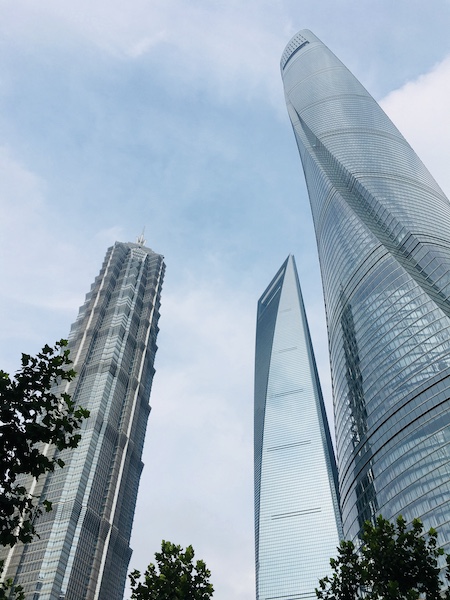
Visit the Jade Buddha Temple
One of my favourite things about China’s cities is finding rarely visited temples. It’s an easy way to get away from the hustle and bustle, plus they are fairly easy on the eye. The Jade Buddha Temple definitely fits that bill. Located in the north of a city it’s a world away from the carnage going on outside its walls! Jiangninglu is the closest subway station.
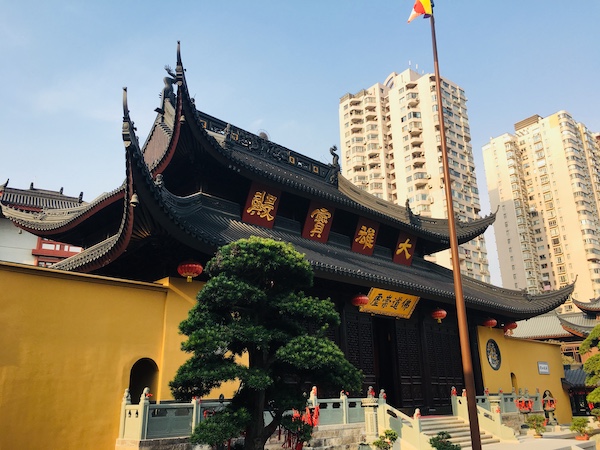
Visit the Shanghai Propaganda Poster Art Centre
Located in the heart of the French Concession the Shanghai Propaganda Poster Art Centre offers a fascinating glimpse at Chinese propaganda from 1950 to 1997. It’s small but has a large collection of posters giving a fascinating insight into modern Chinese history.
Visit the site of the first Communist Party Congress
The area of Xintiandi in heart of Shanghai contains the site of the first Communist Party Congress. The journey that brought China to its position in the world began here. With how revered areas of communist history are (think the Long March and Mao himself), there is surprisingly little dedicated to the place where it all began.
Nowadays Xintiandi is certainly more capitalist than communist (on the outside at least). Huge office blocks and swanky apartment towers are surrounded by restaurants, bars, cafes and international shops.
Chow down on Xiaolong Bao
Xiaolong bao (小笼包 in Mandarin) are soup dumplings that are a central part of Shanghaiese cuisine. You can find them all over the city, in varying quality. The area around the Yuyuan Gardens has probably the highest concentration, or at least it felt that way. As always in China, touristy food areas can be really hit-and-miss. It was certainly the case in Beijing, my home for over 7 years.
The correct way to eat xiaolong bao is to take the dumping in a spoon, piece the dumping to let the soup out, drink the soup and then eat the dump. It’s very common to first dip the dumplings in vinegar. I’m sure there are different ways to enjoy these delicacies, however, this was how I was taught to enjoy them by a colleague from my first job in China, so that’s what I’m sticking with.
Shanghai is probably the most cosmopolitan city in China and as a result, there are a lot of non-Chinese food and fusion options available. However, I would say it comes a distant second to Beijing in terms of the quality and variety of Chinese cuisine.
